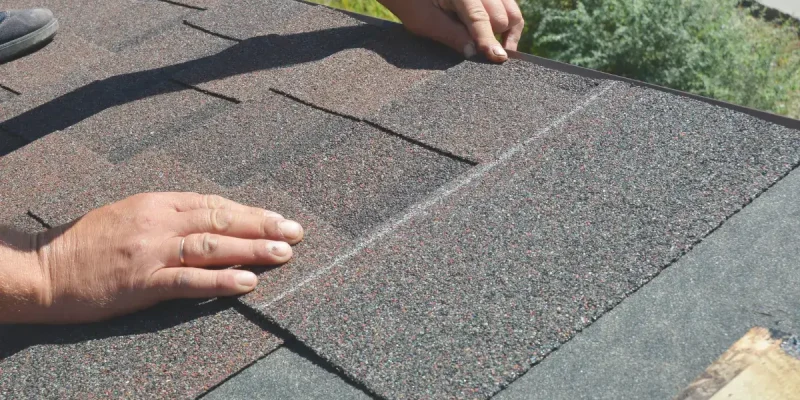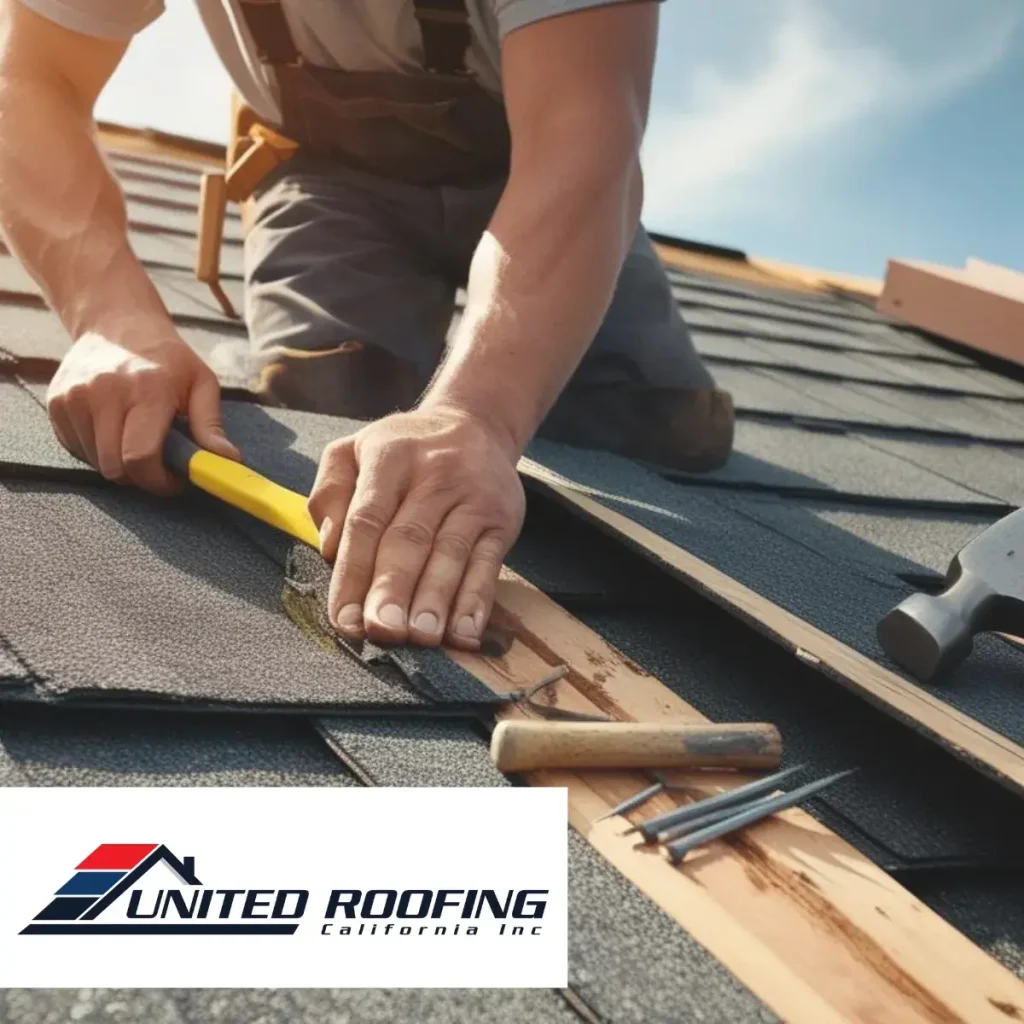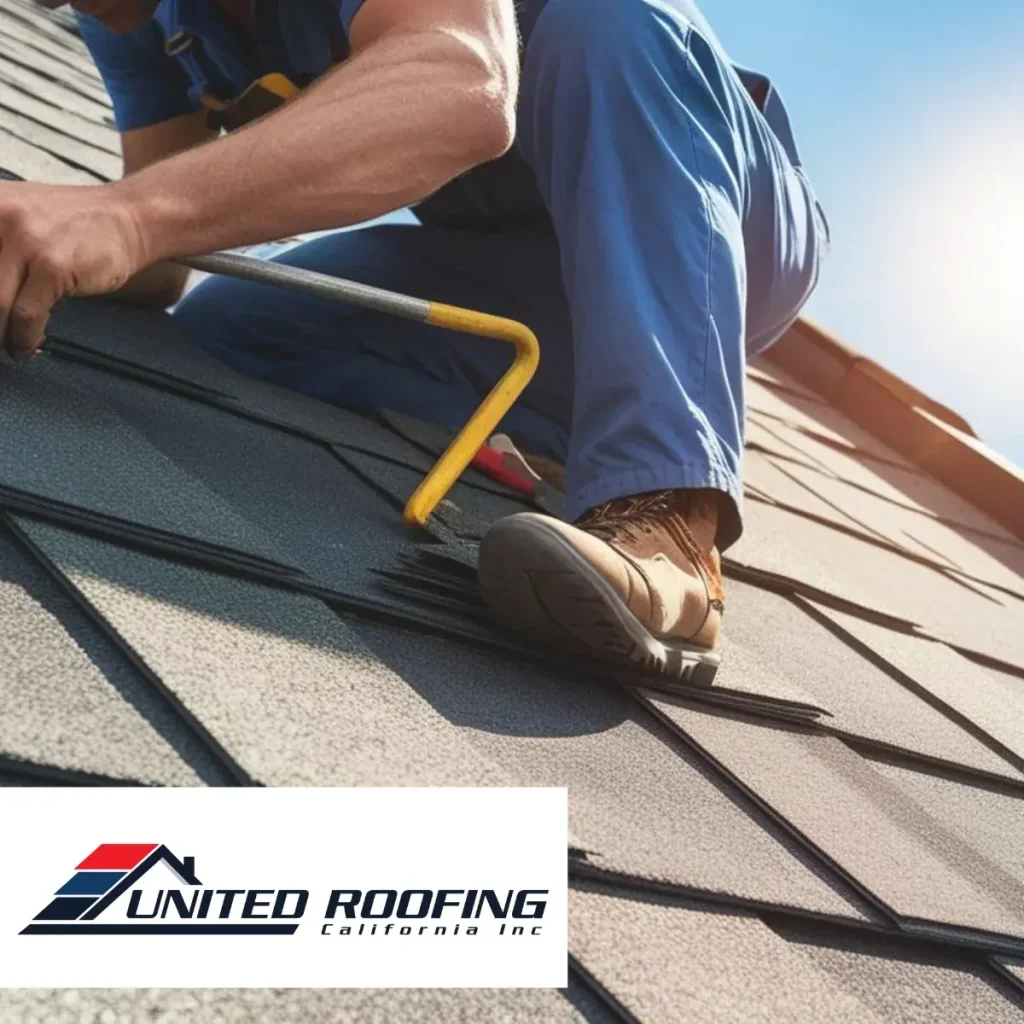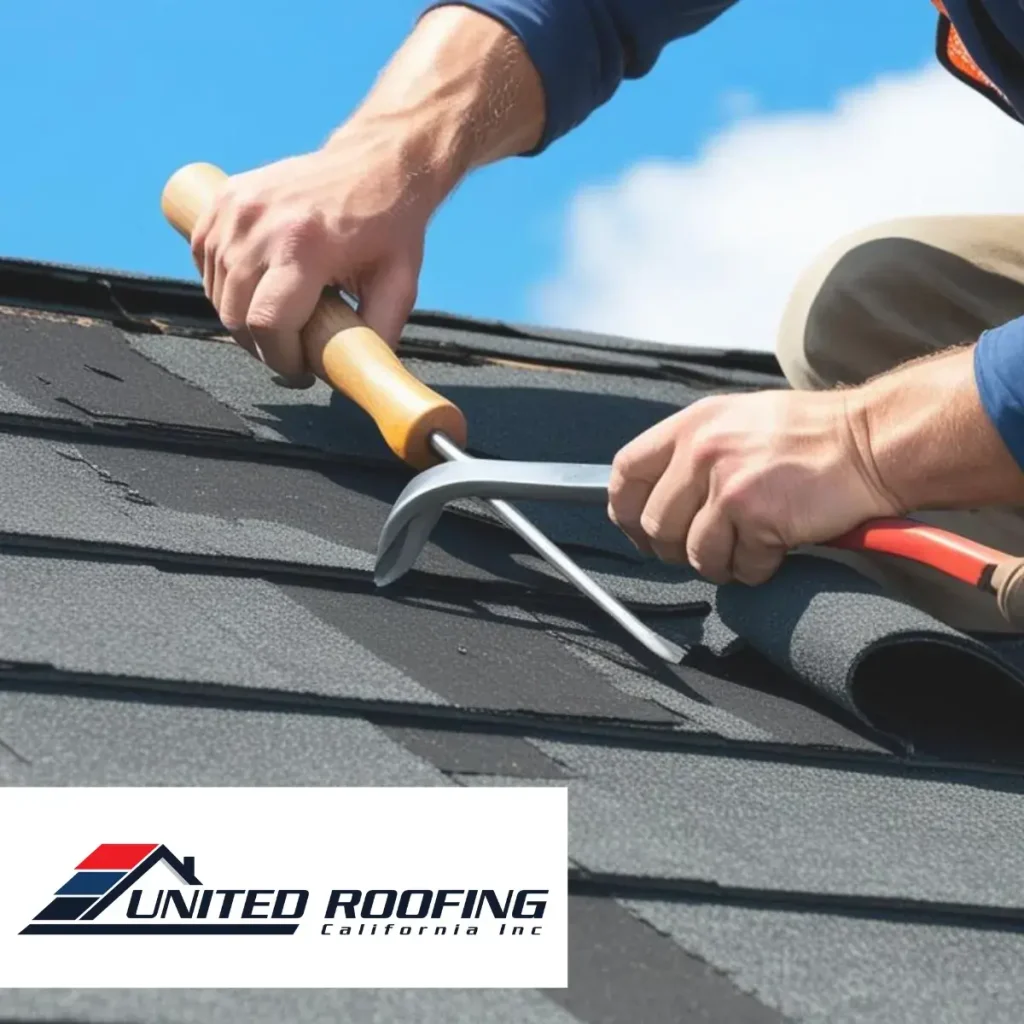Replacing a roof is a major home improvement project that requires careful planning and execution. Homeowners often wonder how long the process will take and what factors influence the timeline. While the actual duration depends on various elements, understanding what to expect can help in preparing for a smooth transition. Whether dealing with storm damage or an aging structure, scheduling a professional roofing replacement ensures both efficiency and long-term protection.
Factors That Affect the Timeline
Several factors contribute to how long a roof replacement takes, including the size of the home, the type of roofing material used, and weather conditions. Asphalt shingles, for example, can often be installed within a day or two, while more complex materials such as tile or slate may require a longer installation period. The complexity of the roof design also plays a role, as homes with steep slopes, multiple layers, or intricate structures demand more time and labor. Unpredictable weather, such as rain or strong winds, can further impact scheduling and cause delays.
What Happens Before Installation
Proper preparation is essential for a seamless roofing project. The process begins with an inspection to assess the current condition and identify any underlying damage that needs to be addressed. Once materials are selected and permits are obtained, the installation is scheduled. Homeowners may need to clear their driveways and secure outdoor furniture to create a safe workspace for the roofing crew. Understanding these steps in advance helps minimize disruptions and ensures that the project moves forward without unnecessary delays.
The Roofing Replacement Process
On the day of installation, the old roofing materials are removed to expose the underlying deck. Any necessary repairs to the structure are completed before new materials are installed. Underlayment and moisture barriers are applied to enhance protection, followed by the placement of shingles or other roofing materials. The final stage includes sealing, flashing installation, and a thorough cleanup to remove debris. While most standard projects are completed within a few days, larger or more intricate roofs may require additional time for proper installation.
Post-Installation Considerations
Once the new roof is in place, a final inspection ensures that everything meets quality standards. Homeowners should check for proper ventilation and drainage, as these factors play a crucial role in extending the lifespan of the roof. Regular maintenance, such as clearing gutters and inspecting for minor wear, can prevent future issues and maximize durability. Investing in a professional roofing replacement not only enhances curb appeal but also provides lasting protection against the elements.
Learn More





